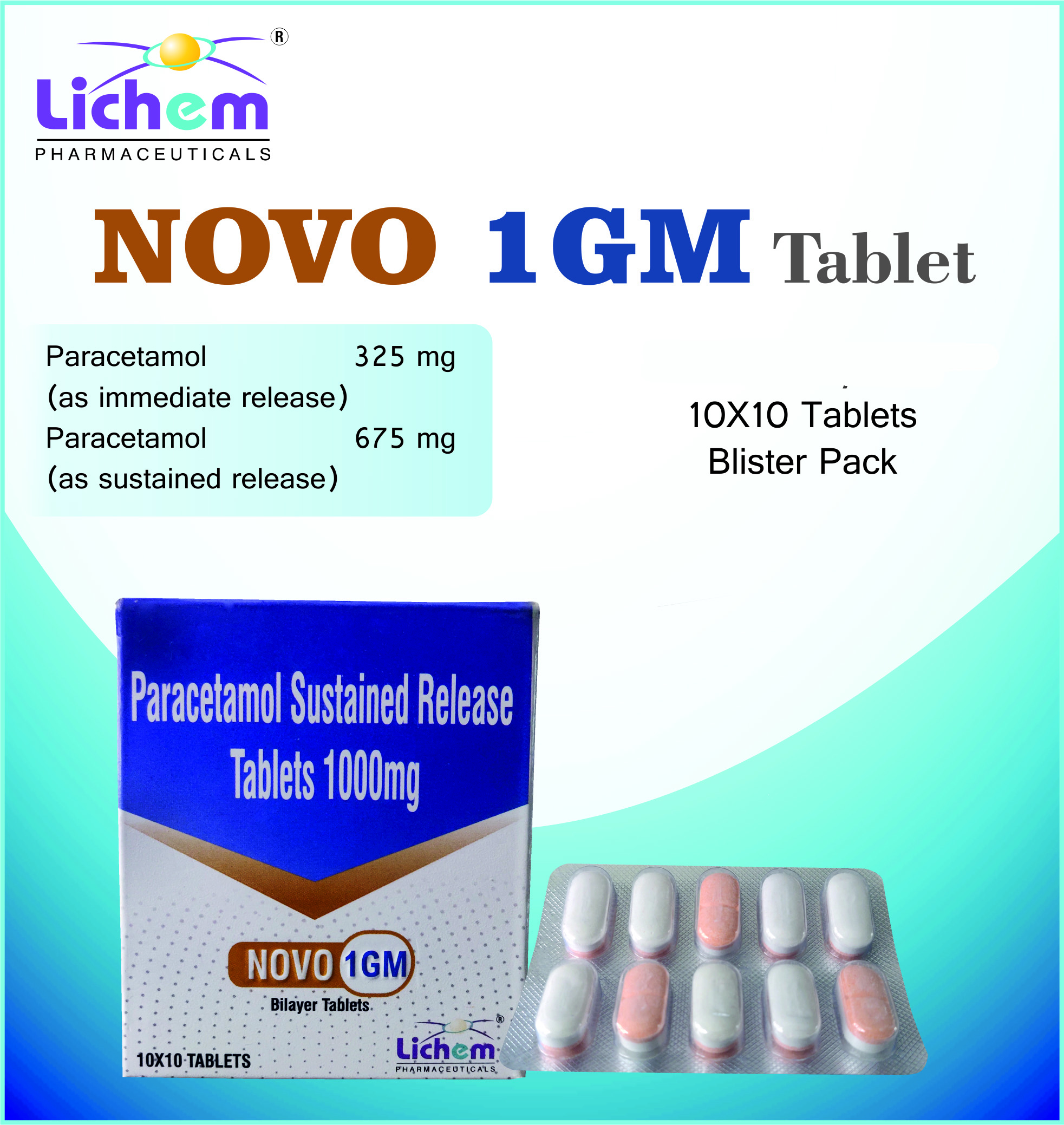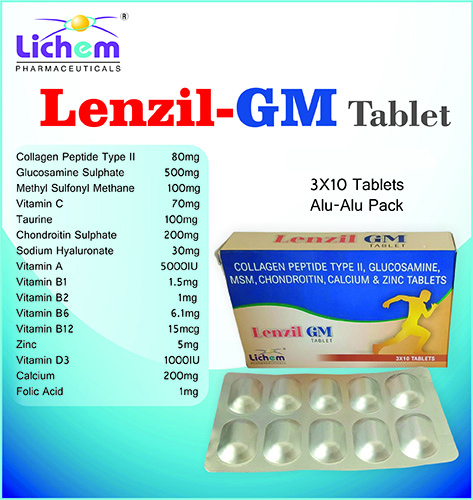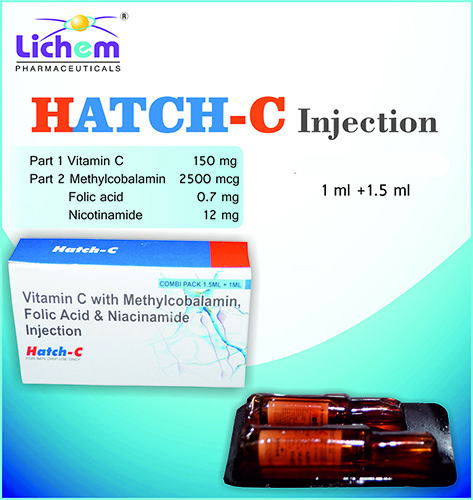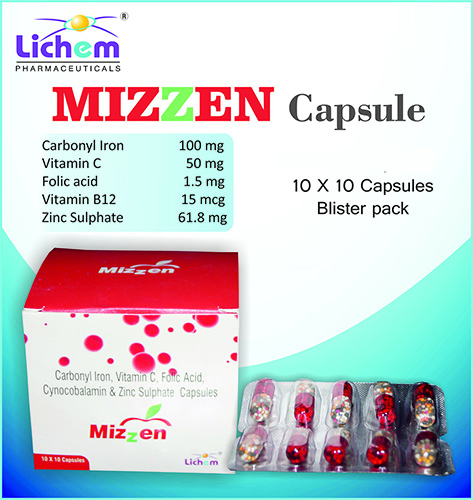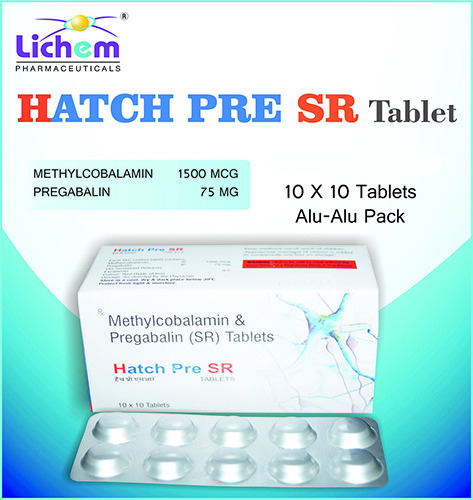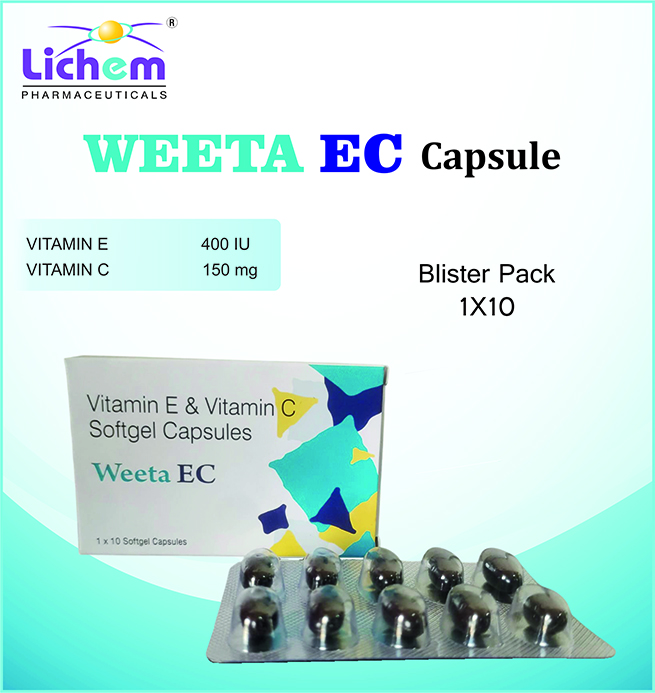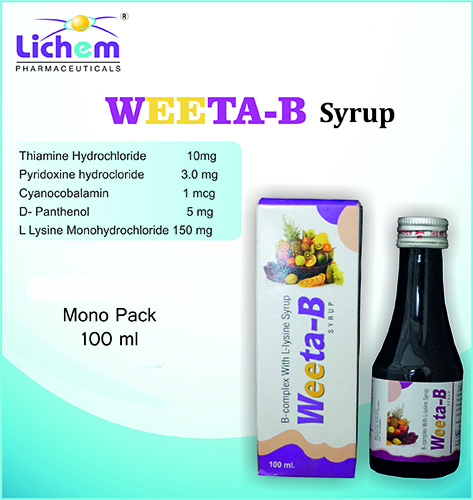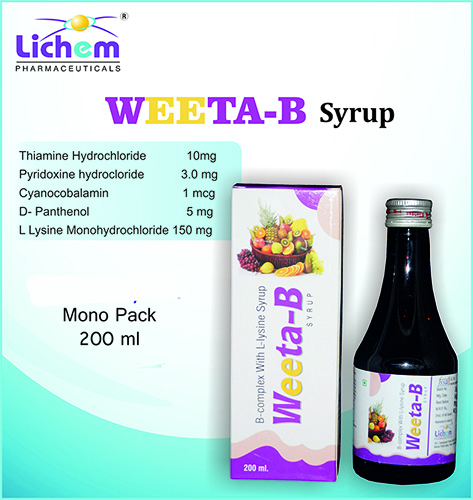Composition: Paracetamol (as immediate release) 325 mg + Paracetamol (as sustained release) 675 mg. Paracetamol: This is the main pain-relieving and fever-reducing ingredient. It works by blocking the body's production of certain chemicals that cause pain and fever. Immediate release: This portion of the paracetamol is not coated and dissolves quickly in your stomach. This allows for faster absorption into the bloodstream, providing pain relief within 15-30 minutes. Sustained release: This portion of the paracetamol is coated in a special way that allows for a slower release into the bloodstream. This provides pain relief that lasts for several hours (typically 4-6 hours) after taking the tablet. INDICATIONS Analgesic Antipyretic Fever Pain relief Mild to moderate pain
Send Message